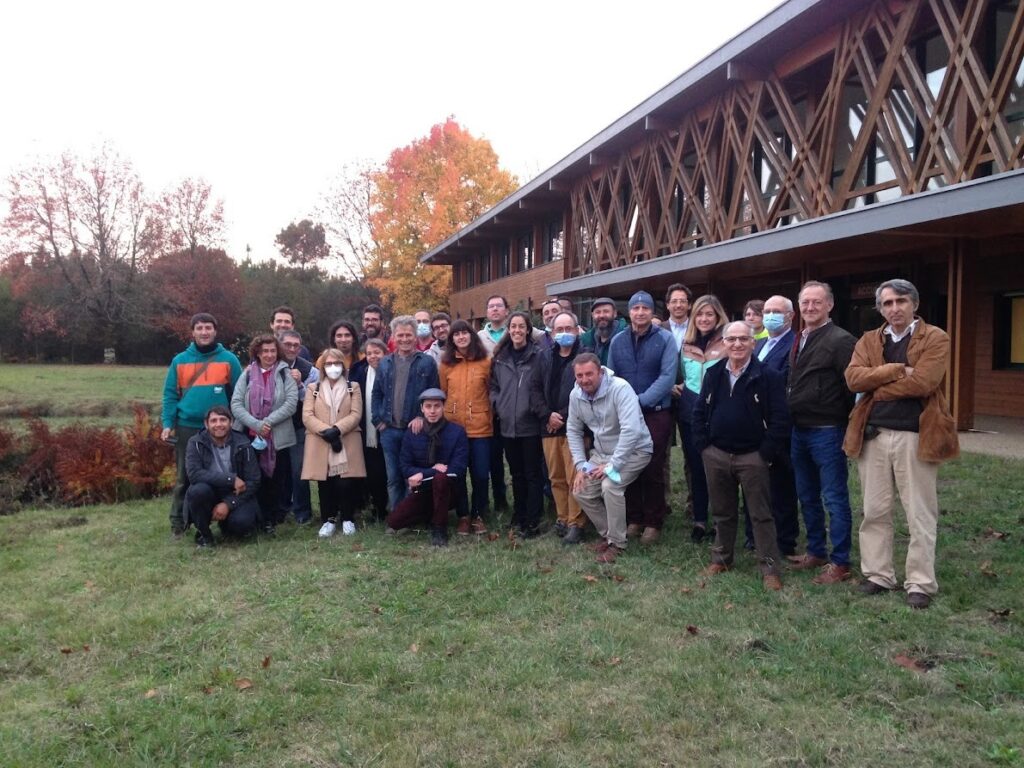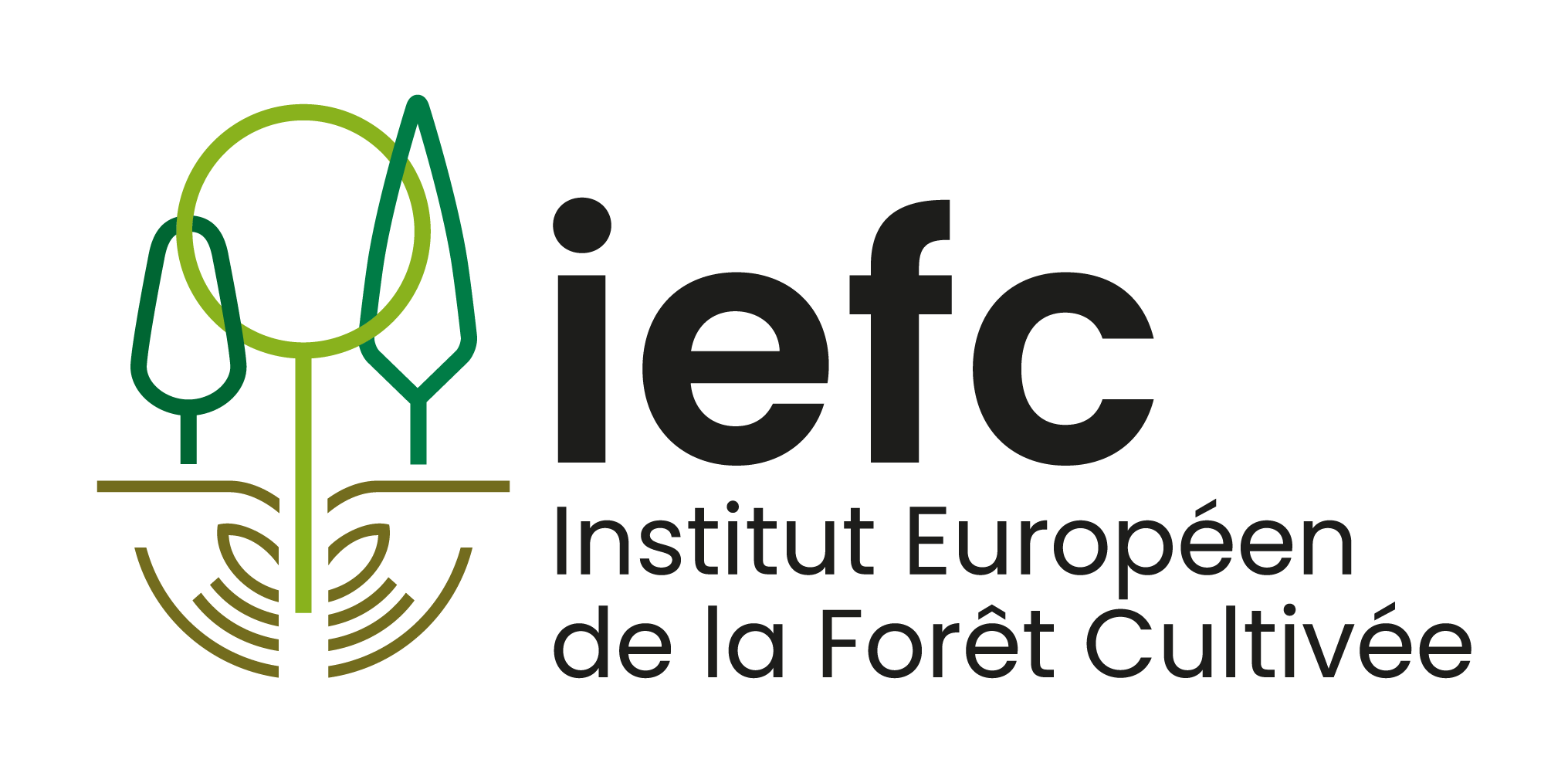Resin extraction is on the rise and the SustForest+ project has given it a boost. The closing meeting of this European Interreg-Sudoe project was organised by the European Institute of Cultivated Forest and the Centre Régional de la Propriété Forestière de Nouvelle-Aquitaine.

It took place on 9 and 10 November 2021, at the Regional Council of New Aquitaine in Bordeaux and then at INRAe in Cestas-Pierroton. These two days of knowledge sharing were followed by a visit to the Biolandes company, which produces numerous essential oils and natural aromatic extracts in Le Sen. In particular, Biolandes distils the resin harvested by the Holiste company for the production of pine essential oil used in aromatherapy.
The conference was a unique opportunity for people interested in pine tapping, in France to exchange with actors who came to share their experiences from Spain, Portugal and Brazil.
The international resin market conditions are very favorable for the development of this sector worldwide and the activity is again profitable in Southern Europe (see the outlook note). China’s growing resin needs cannot be met by the increase of Brazilian resin production alone. Tall oil production, a by-product of the paper industry, is entirely dependent on the development of this industry and therefore cannot replace resin production. These conditions have led to a significant increase in the price of this resource on the international market. If China is not able to meet its resin needs by importing oleoresin, then it will turn more to hydrocarbon resins and increase its production of petroleum-sourced products. The European strategy for the bioeconomy, which favours the development of bio-based chemistry, could also further promote the development of the oleoresin sector, ensuring at the same time its local supply of a very versatile raw material.
It is in this favourable economic and social context that the research was carried out within the framework of the European project SustForest+. During the conference, Ricardo Alia (INIA) presented a method for mapping areas with high resin production potential, which could in the future enable the targeting of stands of interest. The genetic improvement of stands for oleoresin production is also one of the avenues explored by INIA and Ricardo Soares, who came from Brazil to present his experience in the field of genetic improvement. In this country, which is the world’s main exporter, genetic improvement has made it possible to double resin productivity per tree and greatly increase the profitability of the activity. This improvement is made possible by the genetic variability in resin production that exists naturally in pine trees. Subsequently, Morandise Rubini, from the University of Pau, showed that it was possible to chemically characterise the resin depending on its geographical origin, the pine species and the resin extraction technique. Maritime pine resin from the Landes region has interesting properties with a high concentration of alpha-pinene and a high turpentine content, linked to the collection method. Since the development of pine tapping cannot be done at the expense of wood production, Marlène Baudet (CNPF) presented a study conducted in collaboration with Jean-Denis Lanvin (FCBA), aimed at showing the effects of resin extraction on wood quality. The study shows that resin extraction does not alter the mechanical performance of wood and that it could, on the contrary, improve it (more about the study).
The conference was also an opportunity to present the European Network of Resin Territories created by the members of the SustForest+ project, which will ensure international cooperation on this subject following the project. In France, the IEFC and the CRPF as founding members and the association Gemme la Forêt d’Aquitaine represented by Cyrille Fournet are part of this network.
All communications will be available online on the SustForest+ project website.
Author: Armand Clopeau
